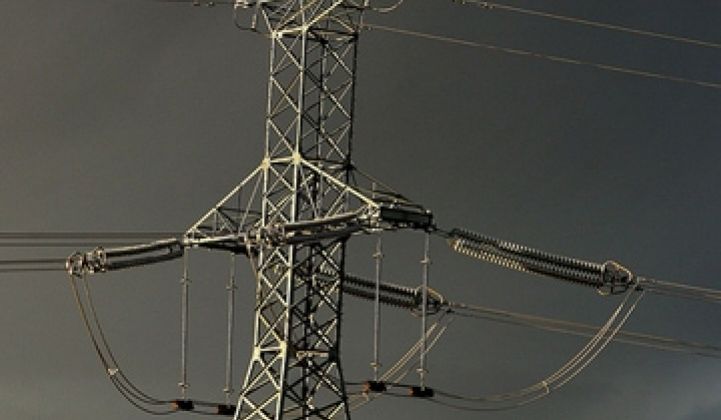The Electric Power Research Institute wants utilities to know the smart grid isn't just about smart meters. Upgrading transmission and distribution grids could yield big power savings too.
After all, EPRI points out, the electric power industry uses – and loses – more electricity than any other industry sector in the United States, making efficiency a close-to-home issue for them.
U.S. transmission and distribution grids lose about 300 billion kilowatt hours of power to inefficiencies every year, EPRI says. That adds up to about 7 percent to 10 percent of the country's electricity generation capacity – and it's been growing over the decades, said Karen Forsten, EPRI program manager.
Forsten is leading a newly launched EPRI research program with the Federal Energy Regulatory Commission and utilities and grid operators to find ways to fix those losses for transmission systems. The work is similar to a project launched last year, the Green Circuit Initiative, that targets inefficiencies in distribution grids, she said (see Distribution Automation: Smart Grid's Quiet Efficiency Offering).
Losses from distribution grids come from such things as fluctuating voltages, reactive power, losses in transformers and other factors, Forsten said (see PCS Utilidata Gets Volt/VAR Control Into AEP, Hydro Ottawa).
On the transmission side, utilities and grid operators could benefit from increasing the already high voltages on some power lines, using more advanced, lower loss conductors, and finding ways to move power from congested, high-loss transmission corridors to those with lower loads and better efficiency, she said.
Bringing such technologies as high voltage direct current transmission lines and superconducting cables to new transmission systems could help (see Green Light post and Tres Amigas: Triple-Linking Transmission Grids).
At the same time, the country is looking at the need to add hundreds of billions of dollars in transmission lines to accommodate growth in renewable power, particularly centralized wind and solar power projects in sparsely-populated regions like the Midwest and Southwest (see Green Light post).
But finding ways to make the existing transmission grid more efficient will also be critical, Forsten noted.
After all, "We can't turn over everything overnight," she said. "We've got about a trillion dollars of investment in the U.S. grid."
One of the first steps may be systems such as synchrophasors that can give utilities real-time information on the status of their transmission grids, she said (see Green Light post).
Several synchrophasor projects won a total of just under $100 million of the $3.4 billion in smart grid stimulus grants the Department of Energy gave out last month (see DOE's $3.4B Smart Grid Grant Program: The Winners).
But far more of the money went to other projects closer to utility customers, namely smart meter deployments. That's made clear by some of the statistics DOE gave for the numbers of devices the stimulus grants were expected to help deploy – 18 million smart meters, versus 850 transmission grid sensors and 700 automated substation systems.
Photo via Flickr/Creative Commons.



